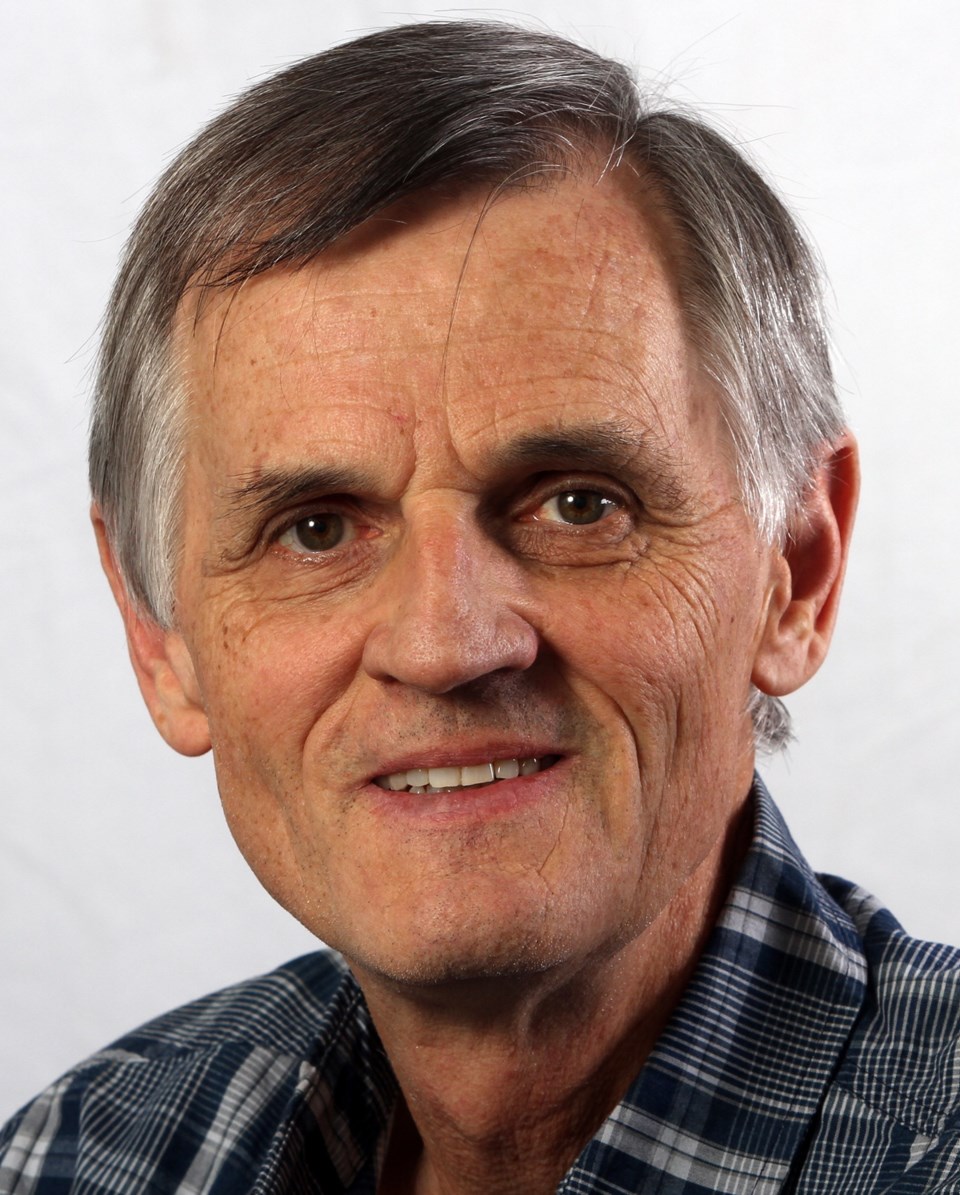 When we first came to the Island, we were impressed by how many parks we found in the Greater Victoria region. Every corner we turned, it seemed, we would see another park, so we started to make a list with the idea of trying to visit them all.
When we first came to the Island, we were impressed by how many parks we found in the Greater Victoria region. Every corner we turned, it seemed, we would see another park, so we started to make a list with the idea of trying to visit them all.
Somewhere beyond 300, we lost count. And our quest to visit them all has been hampered by our habit of returning to favourites.
But thatŌĆÖs just fine ŌĆö the best thing about parks is that they will still be there tomorrow.
Almost everyone in Greater Victoria lives within walking distance of at least one park. They come in all shapes, sizes and themes, from tiny tot lots to expansive wilderness areas. They are federal, provincial, regional and municipal parks, reserves and historic sites. Some are owned, supported or operated by nonprofit organizations. They make a good place to live even better.
During a recent visit to Egypt, as we walked grandchildren to school in a Cairo suburb, it was impossible not to notice the amount of refuse and rubble strewn about, even along streets lined by upper-class homes. It wouldnŌĆÖt be fair to compare Cairo to Victoria, especially with the anxieties and uncertainties Egyptians face every moment, but I couldnŌĆÖt help pondering the possibilities. What if pockets of litter become small neighbourhood parks? Would they make people want even more green and clean spaces? Would they be less inclined to burn the garbage where it lay? I wanted to start a different kind of Egyptian revolution.
But a park mentality would be hard to cultivate when bigger problems occupy your mind. When you are focused on what you will eat and where you will sleep today, itŌĆÖs hard to think about creating a park tomorrow. When your daily commute takes you through intersections guarded by tanks and machine guns, you are not likely thinking about establishing green spaces.
When local and national governments arenŌĆÖt able or inclined to look after basic infrastructure, what chance is there of maintaining a park?
It made me think of our embarrassment of riches here, where many a street is almost a park in itself, where people have the time, the means and the inclination to keep their surroundings beautiful. It deepened my appreciation for local governments that prize their parks.
They arenŌĆÖt cheap, those parks. Grass needs mowing, trees need trimming, restrooms need cleaning. Even an area set aside to let nature do its thing needs protection and upkeep and few, if any, parks bring in revenue.
It couldnŌĆÖt be done without volunteers. Many parks are supported by service clubs or a ŌĆ£Friends of ŌĆ”ŌĆØ organization. Volunteers pull weeds, clear trails and watch for vandals and those whose feeble brains donŌĆÖt seem to grasp the concept that parks arenŌĆÖt places to dump your trash.
And while weŌĆÖre talking about volunteers, if you encounter someone from the Juan de Fuca Regional Park Watch Society as you visit a park in the Sooke area, give a generous donation. Funding is down for the group and a couple of dollars from each park user will make a huge difference.
Another thing we discovered shortly after moving to the Island was popularity ŌĆö people not inclined to drop in on us when we lived in less congenial climates suddenly developed a yearning to visit. But we donŌĆÖt mind. WeŌĆÖre happy to be tour guides ŌĆö it makes the wonders of the Island new again.
The problem is trying to decide where to take visitors ŌĆö there are too many choices. So we go for the easy choices first ŌĆö Beacon Hill, the Inner Harbour, Fort Rodd Hill, the beach at Aylard Farm, Hatley Castle.
If thereŌĆÖs more time, and depending on capabilities, weŌĆÖll toss in hikes up Mount Douglas or Lone Tree Hill, with some strolling among the magnificent trees in Francis/King Regional Park or Goldstream Provincial Park.
When we have time left over for ourselves, weŌĆÖre finally going to get to those places we pass by so often without stopping ŌĆö Knockan Hill Park and QuickŌĆÖs Bottom Park are a couple that spring to mind.
Financial analysis of parks would make them seem a drain on resources, but without our green spaces, our refuges, our pockets of wilderness, we would live in a dreary kind of poverty.


